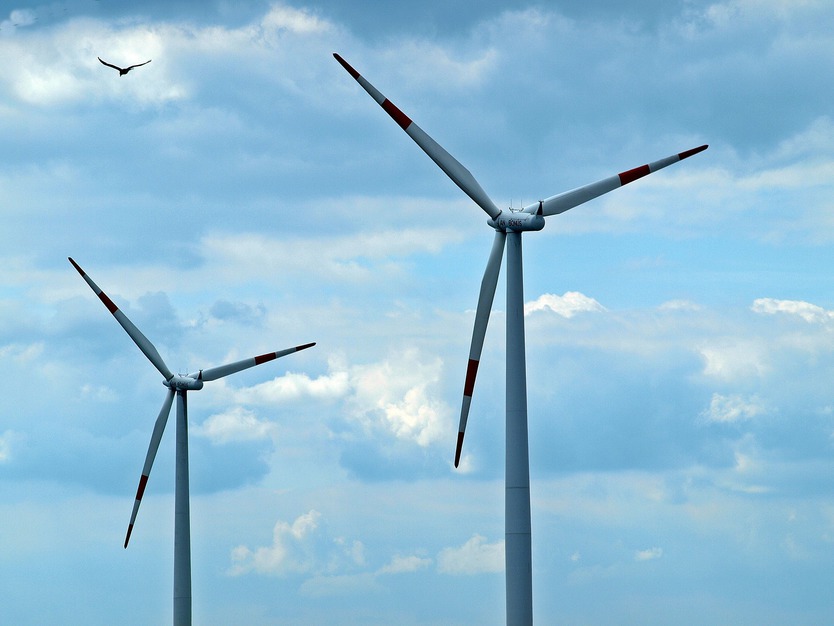
The research project called GridLoads found out that wind turbines could take on the extra grid loads to stabilize the energy grid.
© Pixabay
When conventional power plants are switched off, the “inertia” created by the synchronous generators that stabilise the grid is lost. This loss of inertia can result in sudden changes in frequency caused by the differences in production and consumption of electricity (from renewable energy sources), which can result in surges and critical overloads.
One solution to this problem which faces Germany’s network operators in the course of Energiewende has been tested in a research project called GridLoads, which was recently completed by the Fraunhofer Institute for Energy Economics and Energy System Technology (IEE) and MesH Engineering GmbH, funded by the Ministry for Economic Affairs and Energy.
The objective was to find out if wind turbines could take on the extra grid loads. In order to determine the effects of the novel vibration phenomena that arise when the reserve is instantaneously called up, the experts had to apply complex simulation methods. The results were positive – showing that wind plants can cope with the resulting mechanical loads, but only if the control modules within the turbines are modified for the task.
"On paper, kinetic energy in the rotors of wind turbines is ideally suited to compensate for the loss of inertia. Our research project shows quite clearly that this is also possible in practice - the turbines can even provide momentary reserves. We have thus done pioneering work in securing grid stability in the future," says Dr Boris Fischer, project manager at IEE, in a press release.
In the case of special network faults leading to excessive mechanical stress, the team came up with several solutions such as scaling up the electrical components and drive train, installing extra batteries and supercapacitors, or using the power reserves already built into the system. The advantages of these options are still to be debated.


